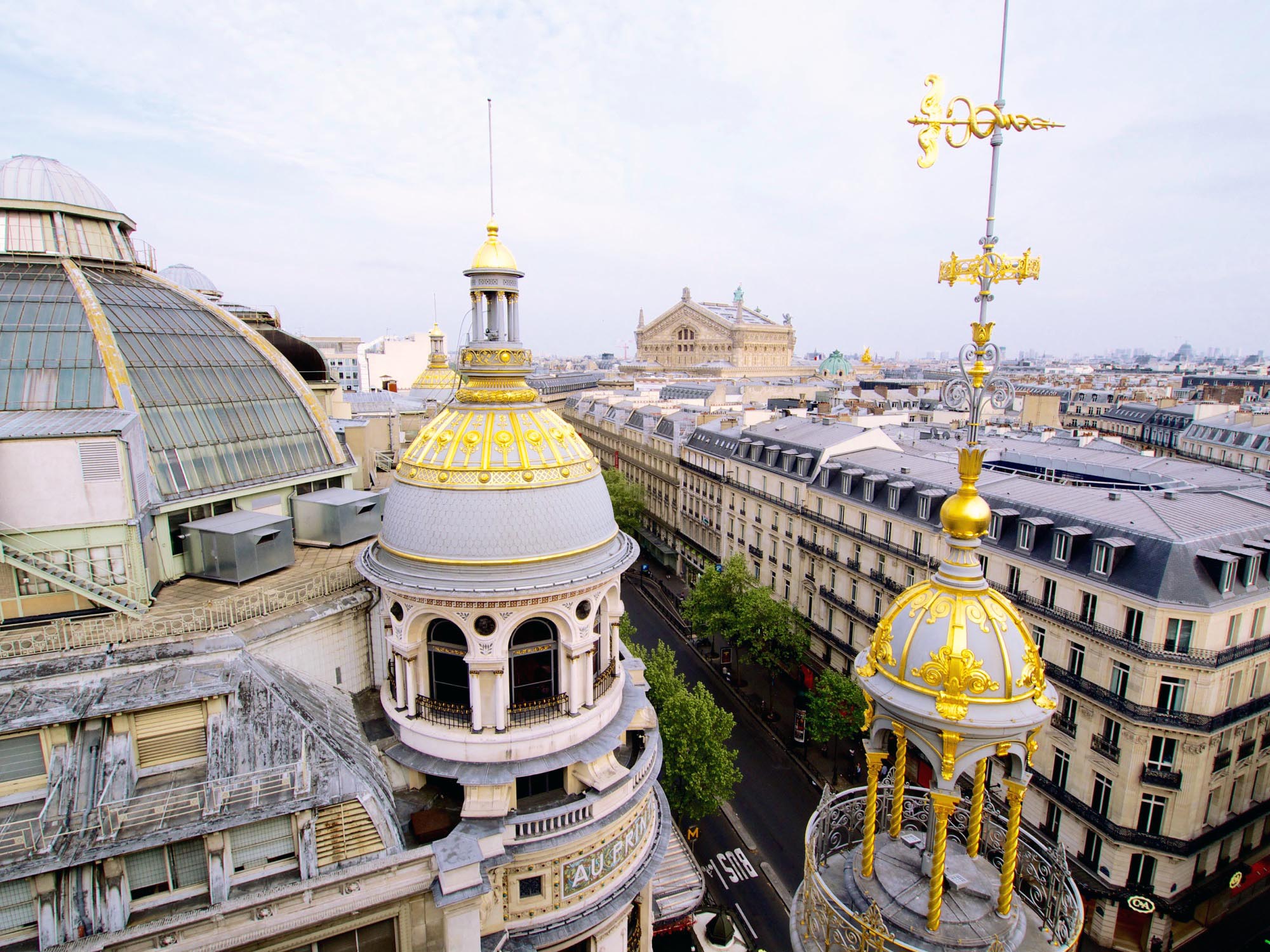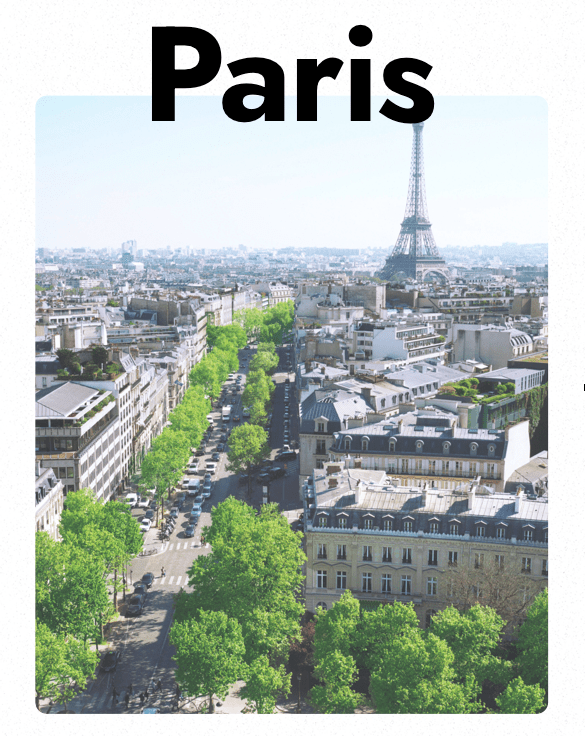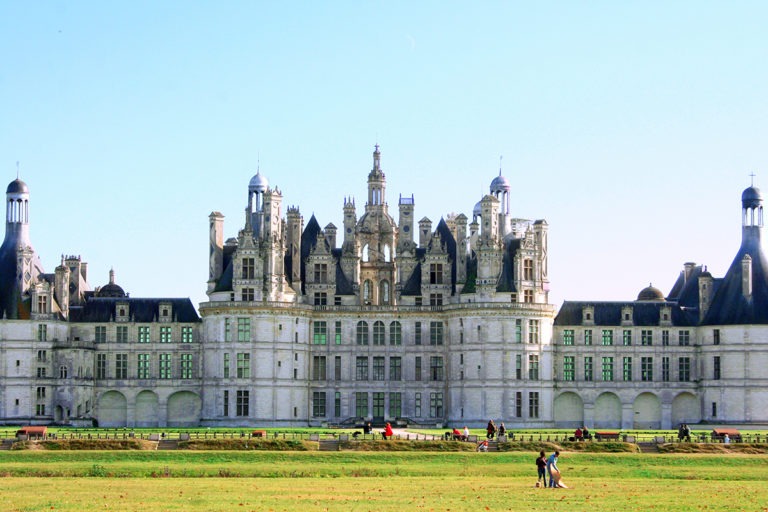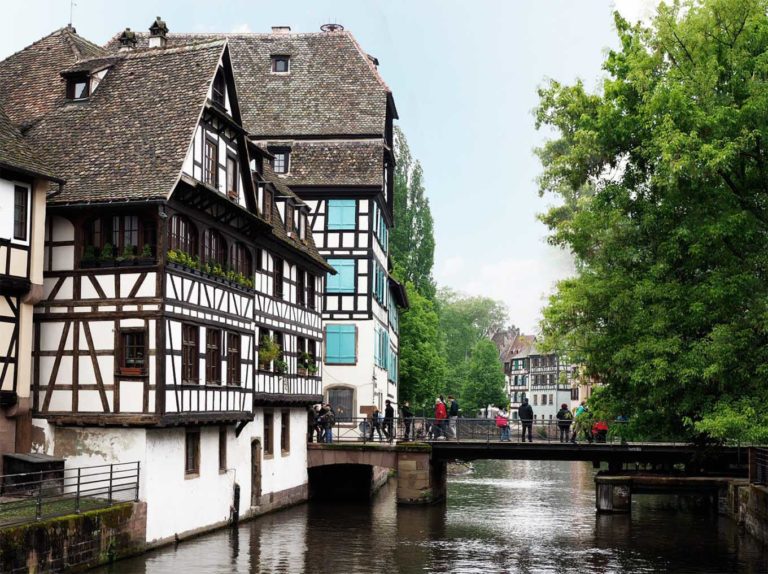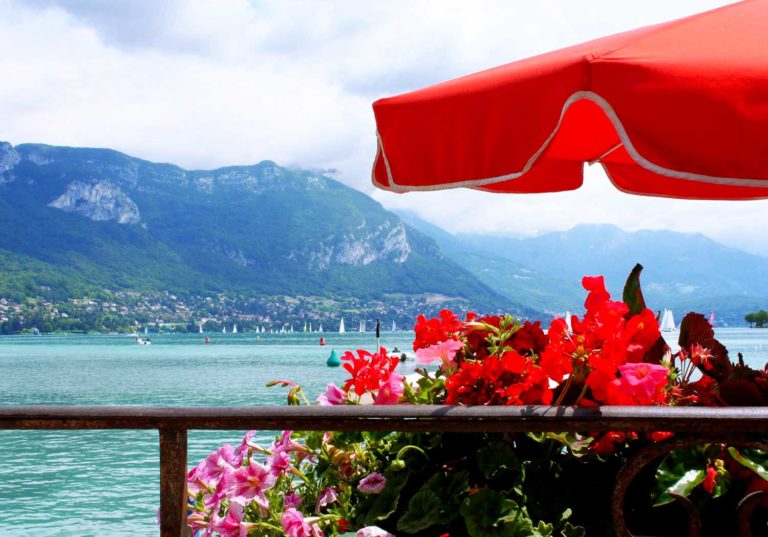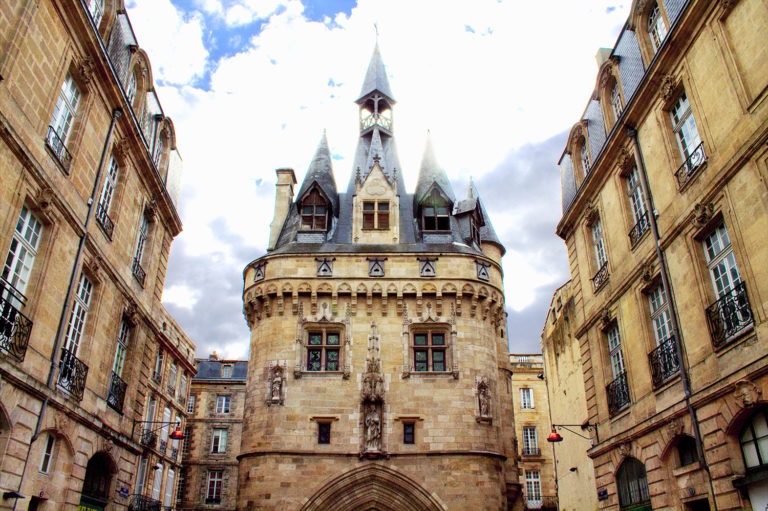8 surprising facts about Paris you probably don’t know
After touring the main sights of Paris (in nothing less than a convertible, iconic 1980s’ Citroen) with a new perspective, thanks to the knowledgeable folks over at 4 roues sous 1 parapluie (literally “4 wheels and an umbrella“), I have come across interesting facts about Paris, the legends and events that occurred in the city throughout its long, tumultuous history.
And precisely this is why I like to go on a guided visit every once in a while — no guidebook or Wikipedia reading session will ever be as captivating as having an expert tell the tales in the very place they happened. My ride with 4 roues sous 1 parapluie proved that again.
+
paris travel tips
Paris métro

If you look carefully, you will notice that there are no Art Deco métro entrances by Hector Guimard nearby or across important monuments, for the simple reason that cast iron wasn’t considered to be a noble material at the time. In fact, urbanists and commuters alike were scandalized by this new extravagant style with plant-like motif. Some were even demolished just a few years after their construction; those that remain are now historical monuments.
Conversely, the entrances located by say, the Louvre, the Eiffel Tower or the Opéra are all made out of stone and designed in the neo-classical Greek-Roman style.
Buttes Chaumont
Buttes Chaumont, located in the 19th arrondissement (and also heavily pictured in Monica Geller’s living room), are entirely man-made; the park is, in fact, built over what was once used as a refuse dump, and then as a place for cutting up horse carcasses and as a depository for sewage. I bet it is much cuter now than it was in the 19th century!
+
paris travel tips
Louvre Museum
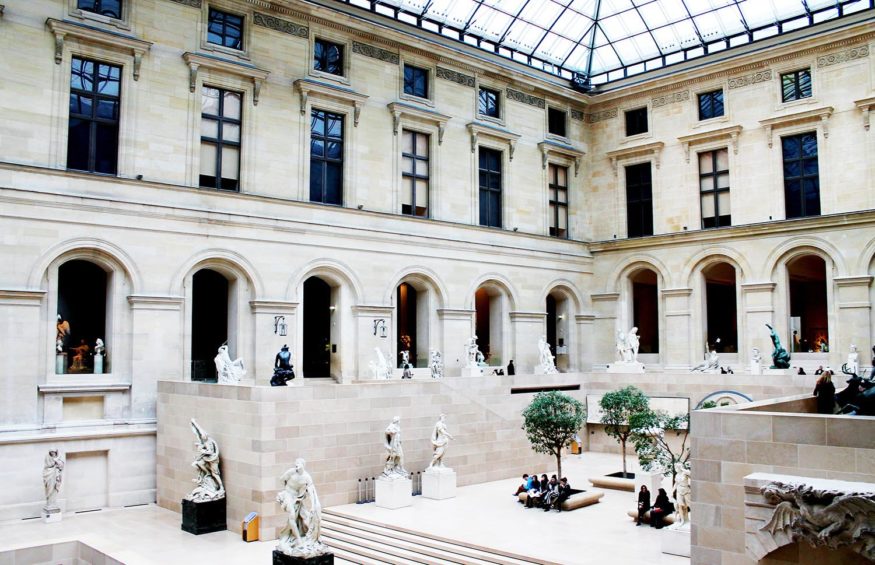
This is one of my favourite facts about Paris: in order to prevent the destruction of countless works of art, the Louvre Museum secretly moved its most significant pieces to the basement of Chambord Castle and Valençay Castle in the Loire Valley in the early stages of World War II. After just four months of careful packing and subtle moving, the museum was almost cleared out.
Assemblée Nationale
Originally built as a palace for Louis XIV’s daughter, what is now the Assemblée Nationale on the left bank used to be called Palais Bourbon. Napoleon ordered major renovation works for the palace in the early 19th century as part of his “monumental Paris scheme” — and if you have a slight feeling of déjà-vu, it might be because the classicizing portico mirrors almost exactly that of the Madeleine, which is located directly across the Seine on the right bank, thus creating a perfect symmetry between the two banks.
+
paris travel tips
Notre-Dame-de-Paris
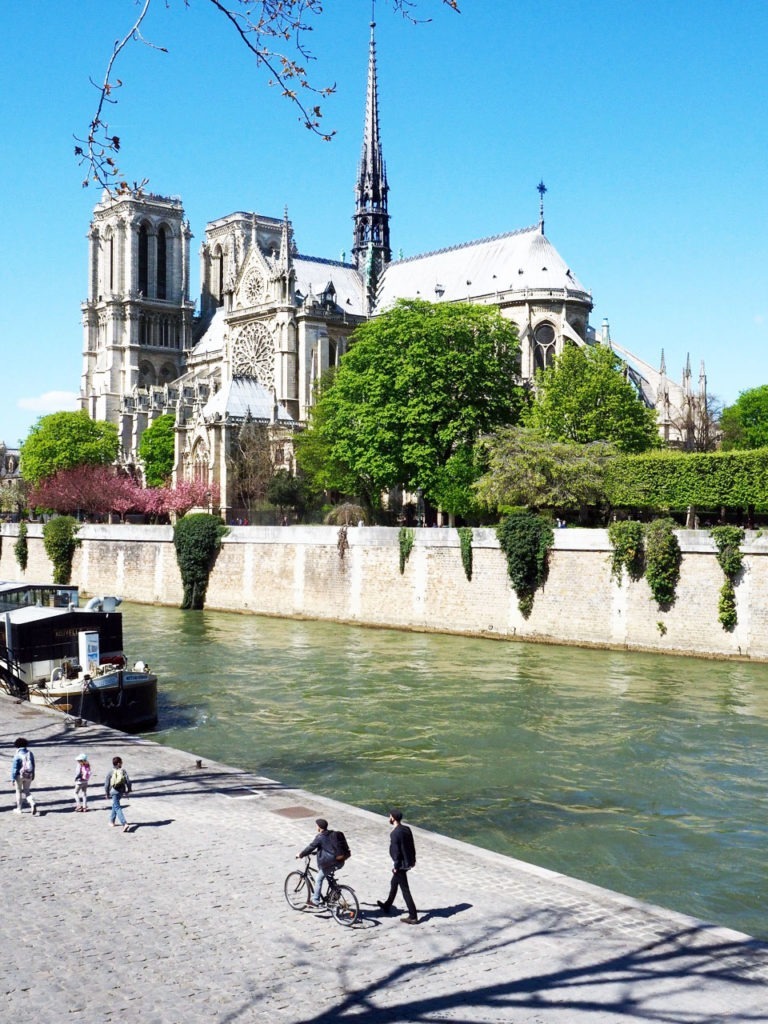
A couple of years after the French Revolution took place, Notre-Dame-de-Paris was almost torn down because of how it represented both the monarchy and the clergy’s power, which obviously did not sit well with the raging, hungry locals. It was only saved because of Victor Hugo’s influence and the immense success of his now-iconic novel, The Hunchback of Notre-Dame.
Place de la Concorde
Place de la Concorde is one of the most important French Revolution sites in Paris for two reasons: not only is it precisely where both Louis XVI and his queen consort Marie-Antoinette were beheaded in 1793, but the square’s pavement actually consists of the stones salvaged from the Bastille fortress ruins. The storming of la Bastille is often considered to be the flashpoint of the French Revolution, even though it was, contrary to popular belief, almost empty.
+
paris travel tips
Eiffel Tower
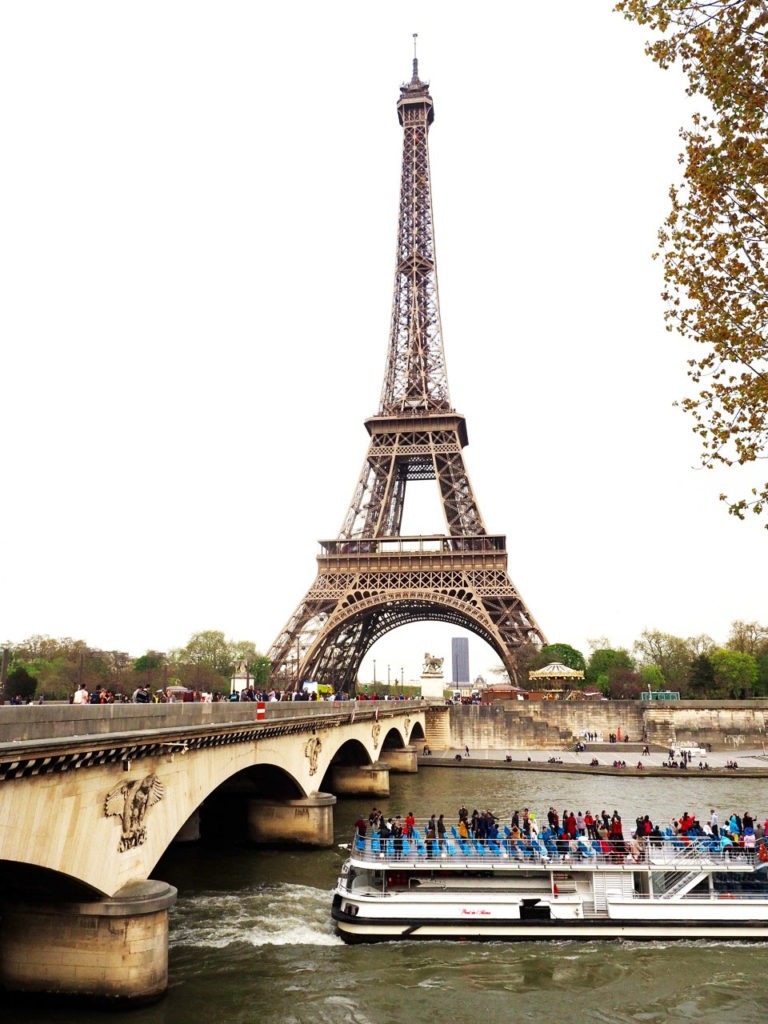
Speaking of destruction, the Eiffel Tower, which was built as part of the 1889 World’s Fair, wasn’t meant to remain standing after the fair was over. It was built to much controversy, and it wasn’t wiped off the face of the Earth simply because it was the world’s highest man-made structure at the time and served many scientific purposes. Eagle-eyed travellers have probably noticed that the names of many scientists, such as Lavoisier, Gay-Lussac, Fresnel and Foucault, are inscribed on all four faces of the tower.
Every night at precisely 10 o’clock, the iron lady gives her best performance of the day, twinkling brightly for a few minutes. But did you know that over 10 000 light bulbs and 80 kilometres of wire are necessary to the illumination of the Eiffel Tower, requiring over 580 000 kWh per year?
Legendary French author Guy de Maupassant regularly dined at the Eiffel Tower’s restaurant despite his notorious hatred for the iron lattice, pretending that it was the only place in Paris where he couldn’t see the vulgar tower.
+
paris travel tips
Opéra Garnier

Rumour has it that the mirrors located in the changing rooms at the Opéra Garnier are covered in scrapes and scratches. Ballet dancers and opera singers were regularly given diamonds by wealthy spectators, which they scratched against mirrors in order to test the gem’s authenticity. Diamonds were the only gem capable of scraping glass back in the day.
Get the book!
Find out where I go in the City of Lights for a romantic date, for little-known artsy museums, for designer splurges, and for Instagram-friendly cafés. Inside this eBook you will find 40+ pages full of preciously handpicked, highly curated Paris insight with underrated attractions, off-the-beaten path itinerary ideas, and neighbourhood highlights that locals love!

